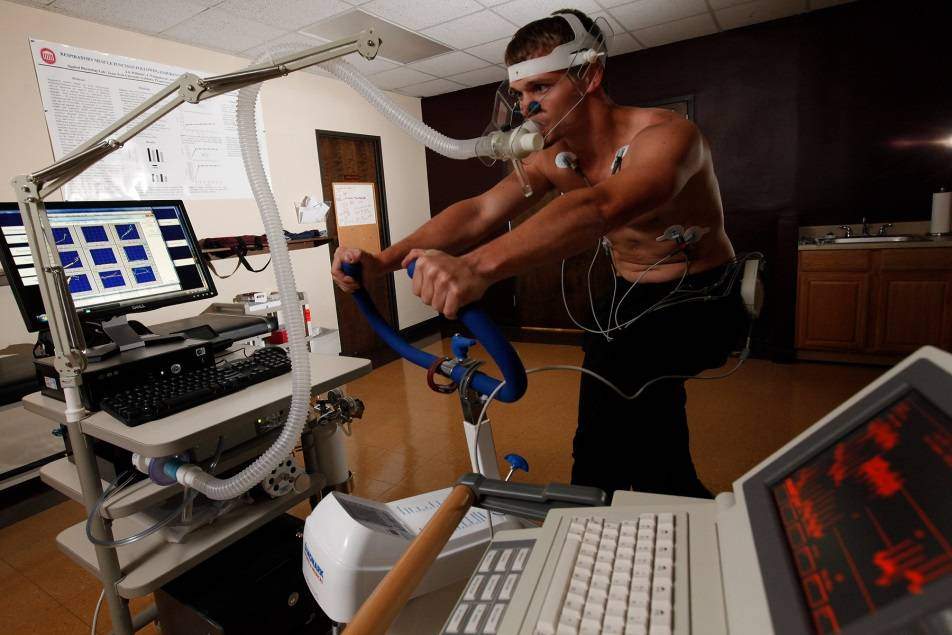Examine This Report about Exercise Science vsExercise Physiology - Maryville

The Ultimate Guide To Exercise Physiology & Human PerformanceBS - Texas A&M
Hill and German physician Otto Meyerhof shared the 1922 Nobel Reward in Physiology or Medicine for their independent work connected to muscle energy metabolic process. Building on this work, scientists started determining oxygen intake throughout exercise. Significant contributions were made by Henry Taylor at the University of Minnesota, Scandinavian scientists Per-Olof strand and Bengt Saltin in the 1950s and 60s, the Harvard Fatigue Lab, German universities, and the Copenhagen Muscle Research Centre amongst others.

Exercise Physiology
Accredited Workout Physiologists (AEP's) are university-trained specialists who prescribe exercise-based interventions to treat numerous conditions utilizing dose reaction prescriptions particular to each person. Energy expenditure [edit] People have a high capacity to expend energy for numerous hours throughout continual exertion. For instance, one private cycling at a speed of 26. 4 km/h (16.

Exercise Physiology – University of Lynchburg
5 W. Skeletal muscle burns 90 mg (0. 5 mmol) of glucose each minute during continuous activity (such as when repetitively extending the human knee), creating 24 W of power, and since muscle energy conversion is just 2226% efficient, 76 W of heat energy. Resting skeletal muscle has a basal metabolic rate (resting energy usage) of 0.
For short duration muscular effort, energy expense can be far higher: an adult human male when leaping up from a squat can mechanically create 314 W/kg. Such fast motion can generate twice this quantity in nonhuman animals such as bonobos, and in some small lizards. Did you see this? is extremely big compared to the basal resting metabolic rate of the adult human body.

How Exercise Physiologist - explorehealthcareers.org can Save You Time, Stress, and Money.
Total energy expense (TEE) due to muscular expended energy is much greater and depends upon the typical level of manual labor and exercise done throughout a day. Thus exercise, especially if sustained for long periods, dominates the basal metabolism of the body. Exercise energy expense correlates strongly with the gender, age, weight, heart rate, and VO2 max of a private, throughout exercise.
The quick energy sources consist of the phosphocreatine (PCr) system, quick glycolysis, and adenylate kinase. All of these systems re-synthesize adenosine triphosphate (ATP), which is the universal energy source in all cells. The most quick source, but the most easily diminished of the above sources is the PCr system which utilizes the enzyme creatine kinase.
